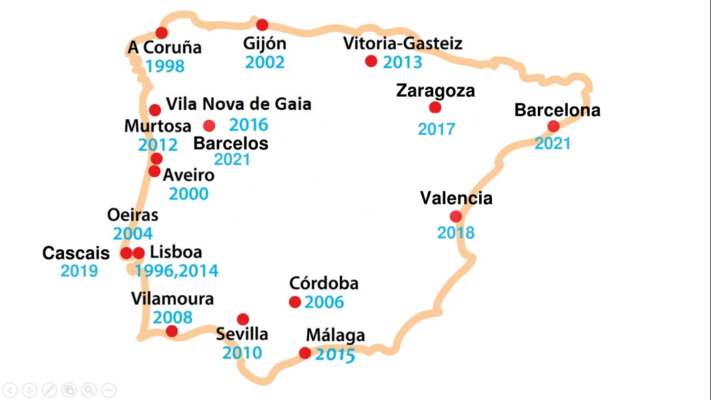Utrecht, The Netherlands, is the home of the biggest subterranean bike parking in the world. This infrastructure is called Fietsenstalling Stationsplein and up to 12,500 bicycles can be parked here. It shows three levels, access ramps and direct connection to the Utrech train station. This 7,100 squared meters building costed 50 million Euros and received the Concrete Award and one the Architizer A+ Award in 2018.
Before building the Fietwenstalling Stationsplein, the former Centraal train station was an old, gray square next to Hoog Catharijne (a shopping center) and a big exhibition center as a legacy of the widely used urban style in Europe in the XX century. Fortunately, this urban style is being substituted. No only did the square name changed from Stationstraat to Stationsallee, but also it became in a spacious, ventilated new place for people with gardens and a fountain.
The Fietsenstalling Stationsplein counts with three levels, a workshop and round-the-clock vigilance. Moreover, it 1,000 public bikes are placed there so that if a visitor arrives in Utrecht by train, he or she can use one of such bicycles and move cheaply without polluting the city. Indeed, every level is dedicated to specific uses. Thus, public bikes are separated if you are a subscriber, long distance or sporadic user. The parking can be toured without stopping your bicycle thanks to ramps and screens at the end of every row in order for bikers to see if that row has empty parking spaces. A large canopy and openings in the exterior walls allow the parking to receive a lot of natural light.
This is a perfect example of bike+train intermodal mobility which is really inclusive since different actors from local authorities and pedestrians to transport company workers and, of course, riders were consulted in the process of designing the Fietsenstalling Stationplein.

